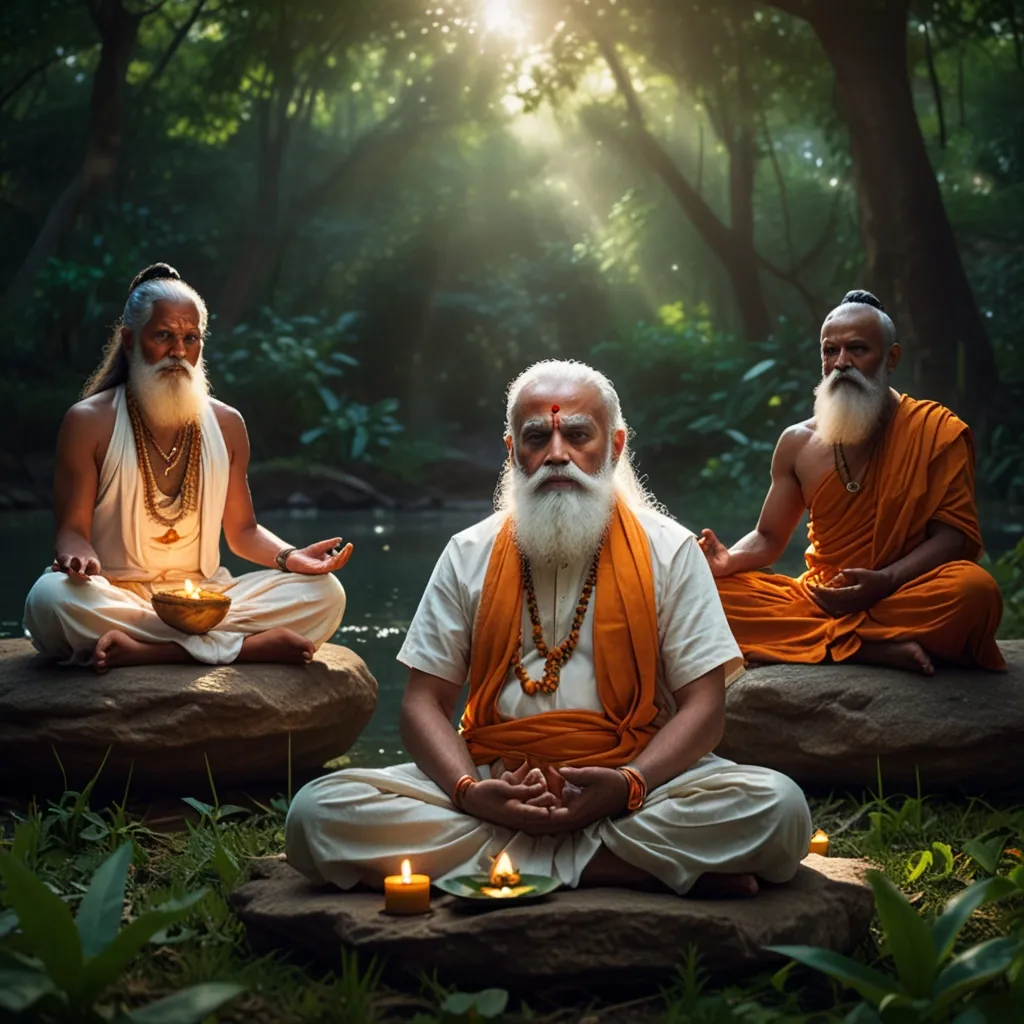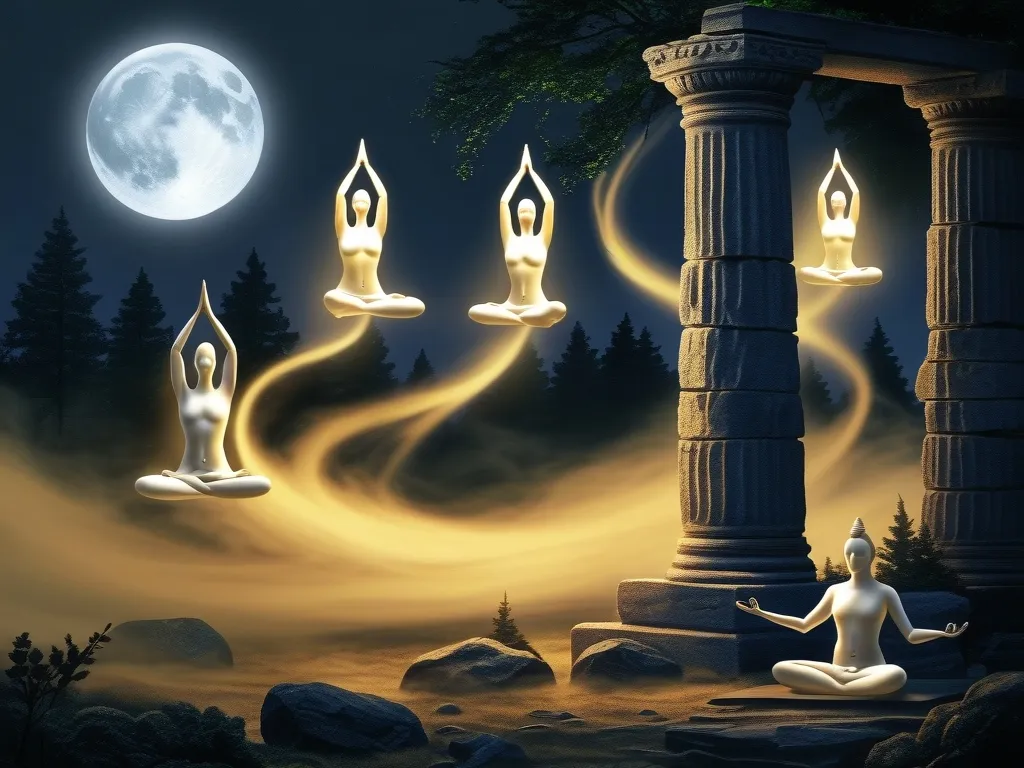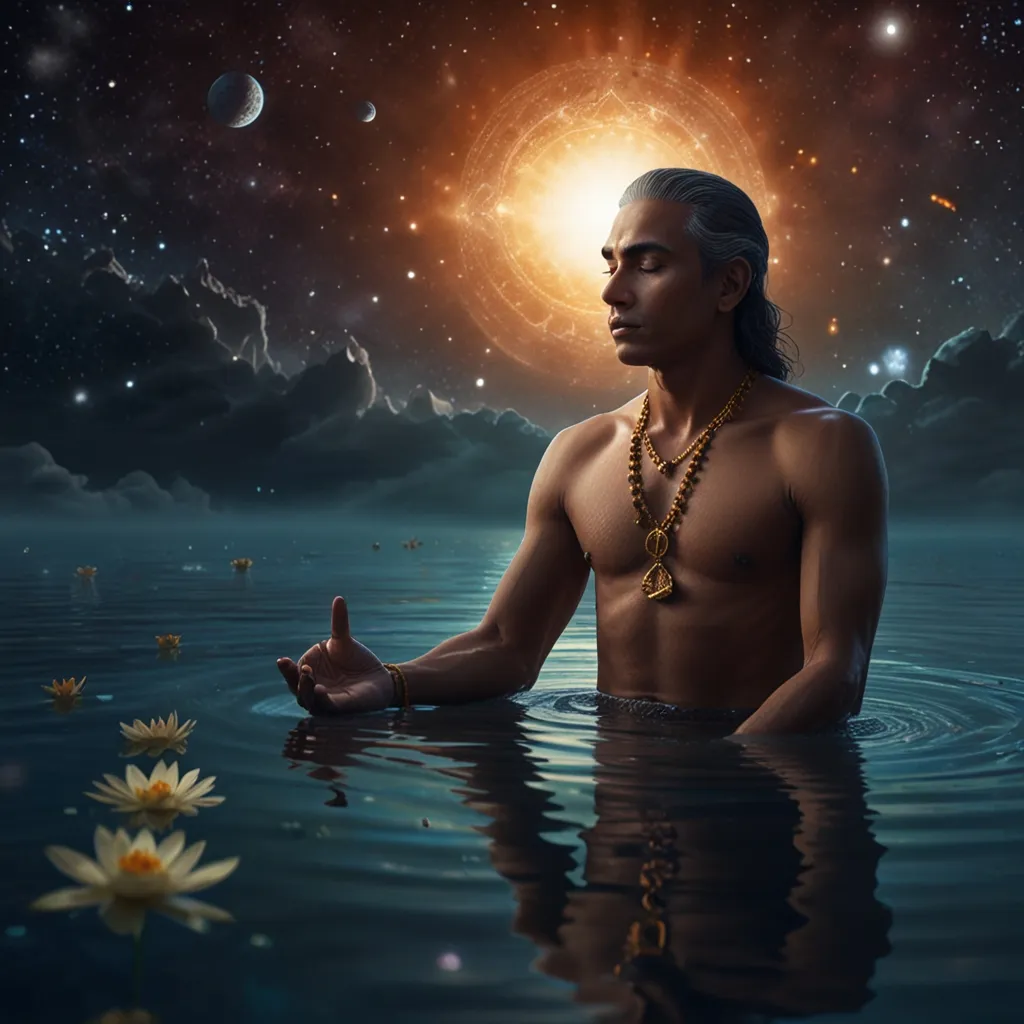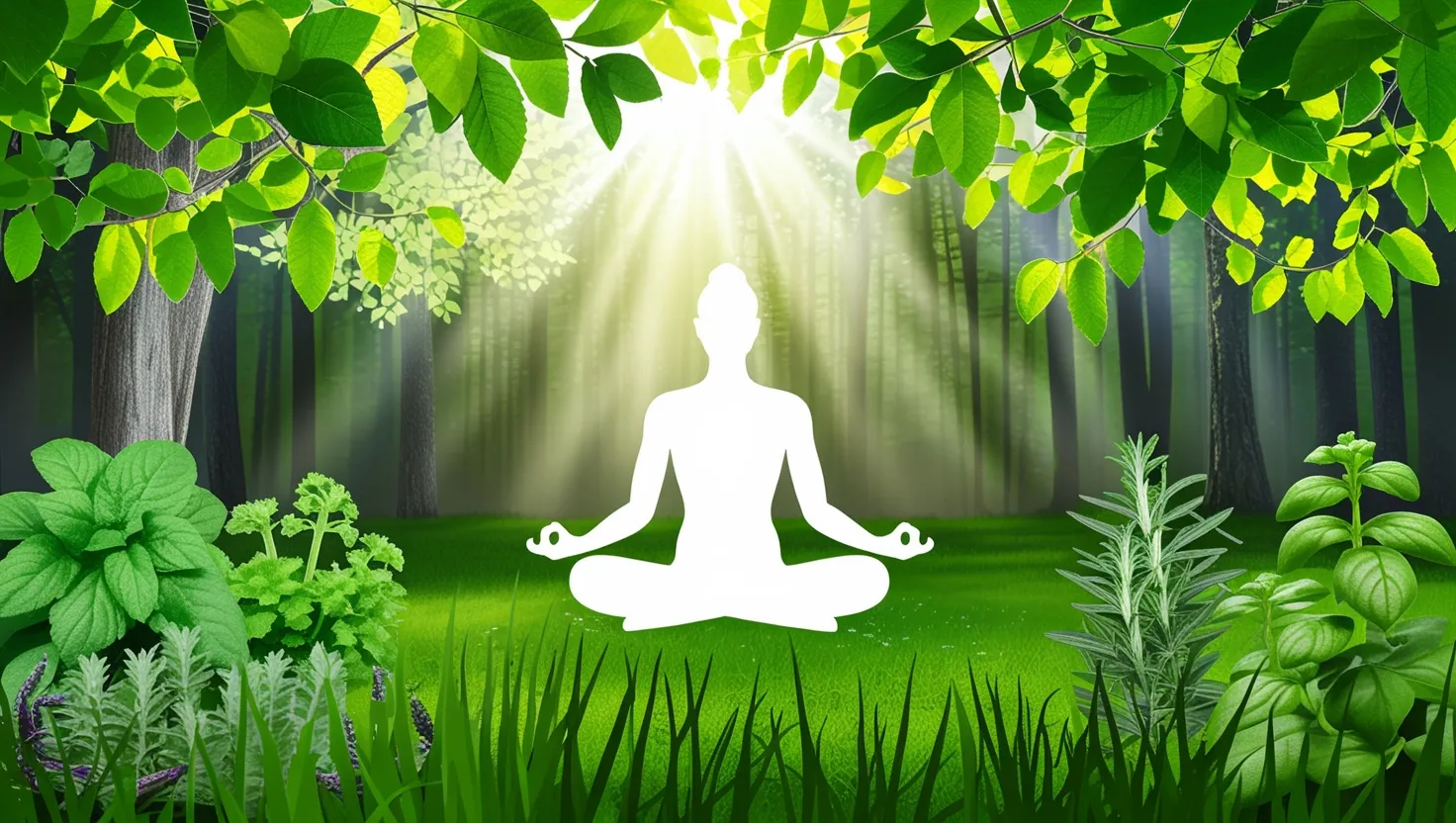The Taittiriya Upanishad is one of Hinduism’s big deals, coming from the Yajur Veda. It’s got three parts: Siksha Valli, Brahmananda Valli, and Bhrigu Valli, each diving into different aspects of spiritual knowledge and the ultimate goal of understanding Brahman, the supreme truth.
Siksha Valli is all about the nitty-gritty of pronunciation and phonetics. This section stresses how important it is to pronounce Vedic mantras properly. The Vedas are divine, and getting the mantras right is crucial to preserve their eternal principles. It’s an essential piece to understand the ancient Vedic education system, which was quite thorough.
Brahmananda Valli goes deep into describing Brahman as “Truth, Omniscient, and Infinite.” It’s all about the ultimate reality, teaching that Brahman is the essence of everything and the source of all existence. Realizing Brahman is the key to ultimate happiness and freedom.
Bhrigu Valli tells the story of Bhrigu, who learned about Brahman through intense spiritual practices guided by his father, Varuna. This part highlights how important spiritual discipline is and the need for a guru to attain enlightenment.
The Taittiriya Upanishad has been translated and commented upon by big names like Adi Shankara, Sayanana, and Ramanuja. These commentaries dive deeper, pointing out the difference between knowledge and truth. Knowledge can be hit or miss, but truth is absolute, clearing the way to understand both what’s evident and what’s hidden.
The Upanishad also talks about the five sheaths (Pancha-Kośa) - the physical, vital, mental, intellectual, and blissful layers that make up a person. These layers mirror the cosmic creative process. Getting to know these sheaths helps reach a state of pure consciousness and unity with the ultimate reality.
In short, the Taittiriya Upanishad shows off the ancient Indian education system, which was all about holistic and eternal wisdom. It offers a complete guide to spiritual growth, emphasizing discipline, knowledge, and realizing Brahman. Even today, it continues to inspire those in search of truth and wisdom, providing a deep dive into the mysteries of existence and the human soul.






